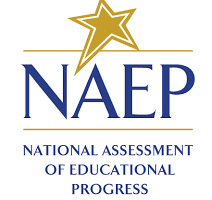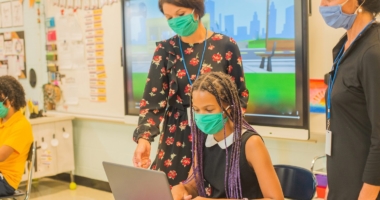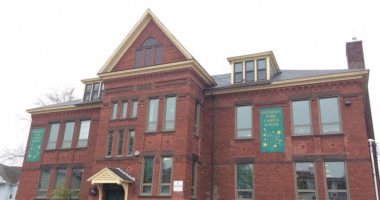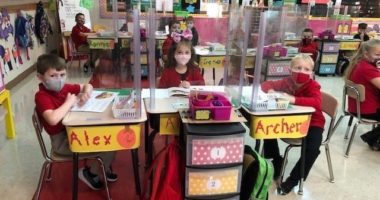It’s Not an Ideal Situation. But We’re Making the Best of It.
Pandemic schooling has been difficult at Malverne High School in Nassau County New York, but social studies teacher Brian China says that his AP social studies class is only four days behind last year. “Under these circumstances, we’re making it work.”
At Malverne, a little more than 30 percent of students are fully remote, and the rest of the students attend school on alternate days. When teachers teach, they are teaching both those students who are in the class as well as those learning remotely.
“We miss the kids,” English teacher Anastasia Caputo said about the students who are fully remote. But the students are “very patient and they’re doing what they have to do.”
China and Caputo joined principal Vincent Romano, school counselor Donna Bailey, junior Kayla George, and senior Jon Luc Thompson to talk about how Malverne has been functioning during the pandemic. Said China: “It’s not an ideal situation. But we’re making the best of it.”
The conversation took place January 12, just days after a violent insurrection at the U.S. Capitol. The teachers talked about how they taught the next day, and the students talked about how they felt watching it on television. “It was really embarrassing,” said George. “And kind of terrifying.”
When conversation shifted to talk about how Malverne has been functioning this school year, China and Caputo both said they felt the hybrid model Malverne uses is working. Romano jumped in to say that although the teachers made it sound easy, when he taught a class he was exhausted and sweating at the end of trying to teach students both in class and remote at the same time. “I was running around like a chicken without a head.”
China has a policy that he will call on his remote students at least once per class, and often twice a class. “He gets all students to participate in class,” agreed George.
But she added that it is not easy to learn remotely when teachers are teaching to both in-class and remote students, particularly when teachers forget to repeat what a classroom student says. Caputo says she became more acutely aware of that issue when she overheard her daughter trying to hear what was being said in class.
With all the difficulties, however, teachers and students agreed that this is not a “lost year” of learning. Romano said the entire staff tried to refocus. “Let’s not look at what we lost but what we gained.”
To read more about Malverne High School, see Chapter 2 in Schools that Succeed: Marshaling the Power of Systems for Improvement.
Note: This conversation was lightly edited. Also, Karin Chenoweth cited inaccurate information about a vaccination campaign in the past. It was not four million in one week in the 1950s. It was five million New Yorkers who were vaccinated against smallpox in two weeks in 1947.
Podcast: Play in new window | Download
Subscribe: Apple Podcasts | RSS











